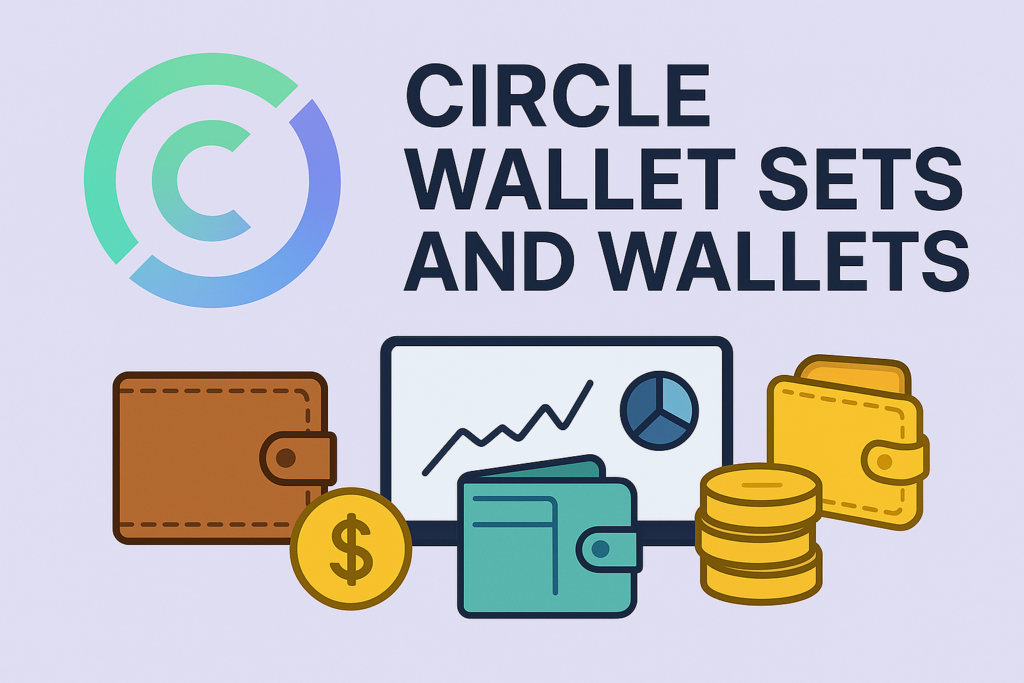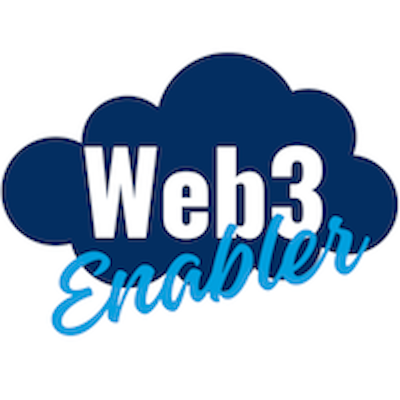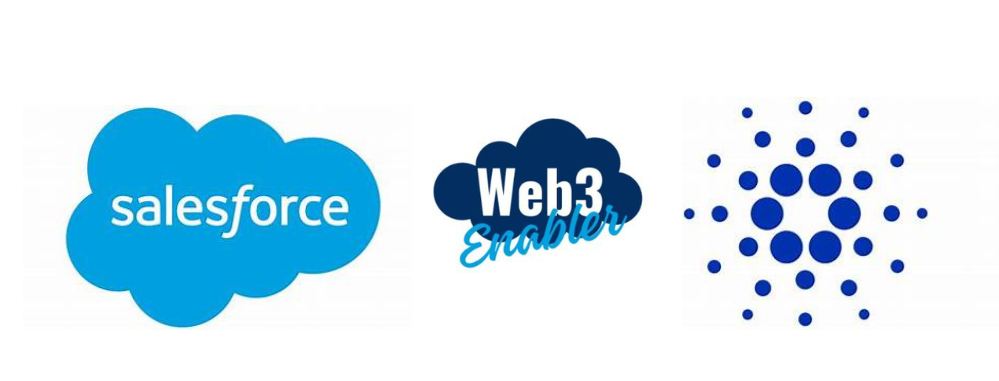
Salesforce continues to evolve as a leading platform for digital finance. Now, blockchain wallets are part of the ecosystem. Web3 Enabler brings native blockchain functionality to Salesforce. A key innovation is its work with Circle wallet sets and wallets.
Circle Alliance Program Membership
Web3 Enabler proudly participates in the Circle Alliance Program. This alliance helps companies use Circle’s blockchain infrastructure in the enterprise. Through this membership, Web3 Enabler works closely with Circle on wallet integration.
Circle Developer Grant
Circle also awarded Web3 Enabler a Circle Developer Grant. This grant funds the development of Salesforce-native Circle Programmable Wallets. These wallets bring blockchain utility directly into Salesforce workflows. Businesses can now manage wallets and transactions without leaving Salesforce.
Web3 Enabler’s team built the Circle Programmable Wallets app for Salesforce. This app is user-friendly, secure, and purpose-built for enterprise teams. It supports USDC, enabling digital dollar operations natively in Salesforce.
The YouTube explainer video—Circle Wallets in Salesforce Explained—demonstrates this integration. The video shows how wallet sets and wallets operate in Salesforce. It outlines real-world business use cases, including CRM-linked payments.
In the video, you see how quickly wallet sets deploy. Wallets are provisioned automatically based on Salesforce data. The wallet creation process takes seconds. Teams can trigger this from flows, Apex code, or Lightning UI. This speeds up adoption and improves usability.
An Overview of the Key Features
So what are Circle wallet sets and wallets?
Wallet sets group wallets by use case. For example, one wallet set can contain investor wallets. Another might contain employee wallets. This grouping improves control, compliance, and automation. Businesses can manage wallet policies at the set level.
Each wallet is a programmable blockchain address. Wallets can send, receive, and store digital assets like USDC. The Circle Programmable Wallets API powers these actions behind the scenes. However, Salesforce users interact with everything through clicks and flows.
Wallets are provisioned per user, per record, or per process. For instance, you can link a wallet to a Salesforce account record. That wallet can then receive USDC payments from customers.
Meanwhile, wallet sets help teams apply shared rules. These rules include spending limits, key management, and smart contract interactions. Because of wallet sets, admins avoid managing each wallet individually.
Circle wallet sets and wallets also integrate with Salesforce automation tools. You can use Salesforce Flow to automate transactions. You can also set up approval workflows for high-value transfers. These tools streamline financial operations for enterprises.
Another benefit: wallets are recoverable and secure. Circle’s MPC (multi-party computation) security protects each wallet. Recovery keys ensure that access remains in control—even if devices change. That brings peace of mind to compliance teams.
Furthermore, the Circle wallet app connects with standard Salesforce roles and permissions. So only the right users can create or move funds. Admins gain enterprise-grade oversight with minimal extra configuration.
Web3 Enabler’s solution fills a major gap in digital asset infrastructure. It simplifies blockchain adoption for large enterprises. As part of the Circle Alliance, Web3 Enabler continues to expand its innovation roadmap.
Circle wallet sets and wallets enable powerful new workflows in Salesforce. Companies can manage digital dollars like any other CRM data. This marks a major milestone for Web3 finance in the enterprise.







